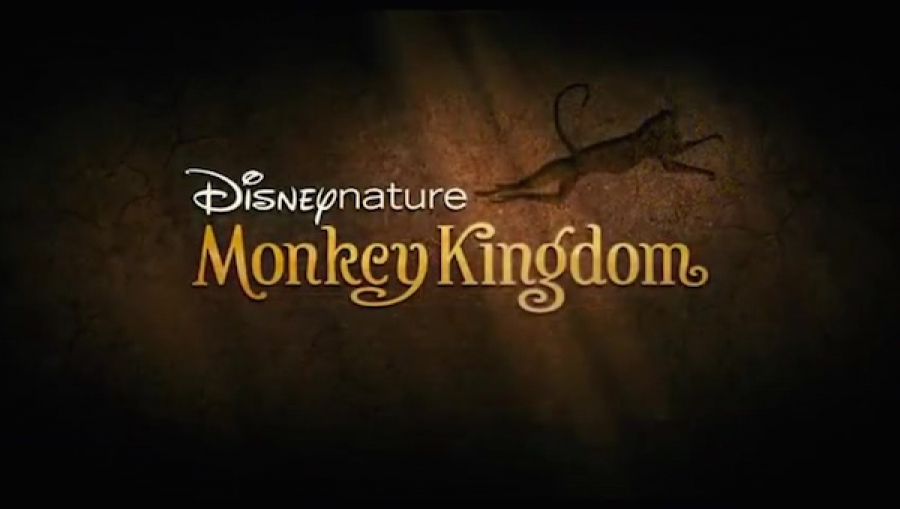Full disclosure: I’m a sucker for these Disney nature documentaries and always have been. As a giant, multinational corporation, Disney does take some heat for being such a huge company that isn’t always benevolent. I must, however, commend them for starting the DisneyNature brand of films a few years ago. These movies don’t make the kind of money a beast like Age of Ultron is likely going to make for them (nor do they cost anywhere near what an effects-driven superhero film is going to require), but it’s great that these movies exist for families to see together. Disney also donates a percentage of the box office grosses to help conservation causes. We live in a time in which the United States Congress is actually seriously talking about giving over our National Parks and other protected lands to private companies to oversee, an idea that’s absolute madness and would be derided by Republicans past like Teddy Roosevelt and Barry Goldwater. That the company seems committed to being involved in worldwide conservation can only be a good thing.
The first film they released under the DisneyNature banner was Oceans, also the weakest film of the bunch so far. There’s no doubt that film features some breathtakingly photographed underwater footage, but it just lurches from one vignette to the next. The subsequent nature docs have added a little, old fashioned Disney storytelling to the mix, usually focusing on a central animal and then fashioning a narrative around them. Their latest feature, Monkey Kingdom, follows that pattern. It may be the best of these films they’ve yet made.
Narrated by Tina Fey, Money Kingdom focuses on a female Toque Macaques monkey in Sri Lanka that the film names Maya. Because of the social structure present in the troop, Maya is relegated to being part of the lower end of the caste system. The alpha of the troop and the females who dote on him are allowed food and privileges Maya isn’t allowed. Things become more complicated when Maya’s mate Kumar is driven from the troop, leaving her with a baby to raise alone, fending for it at the very bottom of their social status. Because of the lower position, Maya and others must take greater risks while searching for food to stay alive, risks that expose them to the dangers of carnivorous predators.
As the film progresses, Kumar returns to the troop as another band of monkeys drives them out of their home. Left to fend for themselves, Kumar’s position is raised as the troop’s alpha clearly has no idea how to survive outside their safety zone. This elevates Maya’s social status within the troop, as well.
Monkey Kingdom is gorgeously photographed and really needs to be seen on a big screen to really get its visual impact. The monkeys live in and around the ruins of the ancient city of Polonnaruwa, with its spires rising up through the tree tops. Wide shots of the forest are stunningly beautiful and make you wonder why conservation is even needed – how could anybody look at this natural wonder and think cutting down the trees to build a parking lot would be a good idea?
To be honest, I’m not sure how much of any of this actually happened. The director Mark Linn spent six years filming the monkeys and must have generated miles of footage. The narrative could be anything they decided to cut together to tell their story. There’s a really fun sequence where the monkeys, driven from their home, come across a house with a child’s birthday party and raid it when nobody’s there. I can’t imagine that part isn’t staged somehow. I can’t imagine a scenario in which the filmmakers would film a troop of monkey trashing somebody’s home without alerting the owners. It’s fun, but I can’t help but doubt its veracity.
Ultimately, I don’t think any of that matters as the science of social order in primate tribes appears to be well researched. Press materials for the film included lesson plans for teachers who may take classes to see Monkey Kingdom and, ultimately, that’s the best takeaway. This is a beautifully made film that gives kids seeing it with their classmates or families a valuable lesson in conservation. I also appreciate how the film also shows Maya’s plight as a someone born into a lower status as a chance to talk about social justice issues in the world, as well. Last week, I had the chance to see Disney’s stage version of Newsies at the Pantages Theater here in Los Angeles, and that show makes a strong case for collective bargaining rights and a strong case against for-profit prisons. The Mouse has been hitting me in my political sweet spot lately.
Disney is a massive corporation that will have a license to print money once the Avengers return in a couple of weeks. Kudos for them for continuing this series of finely tuned nature films.

